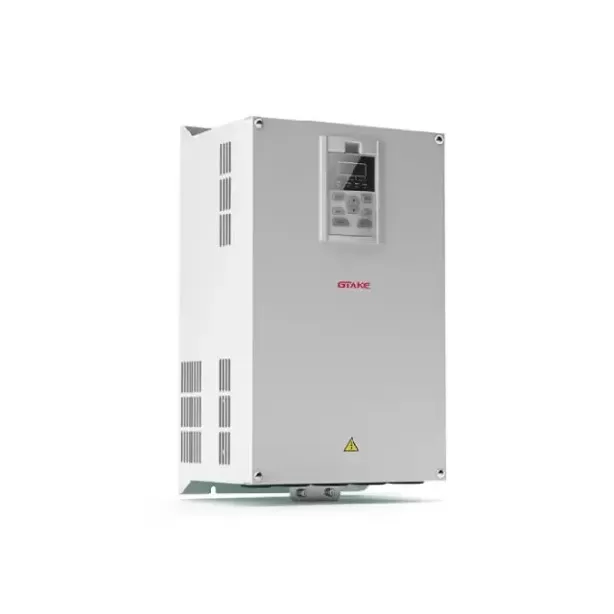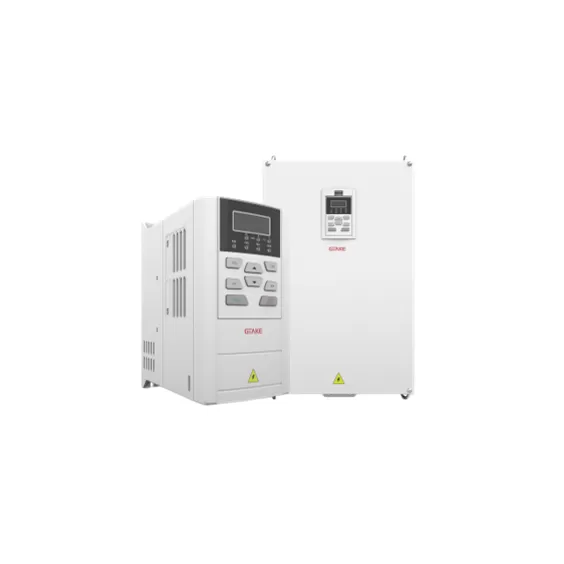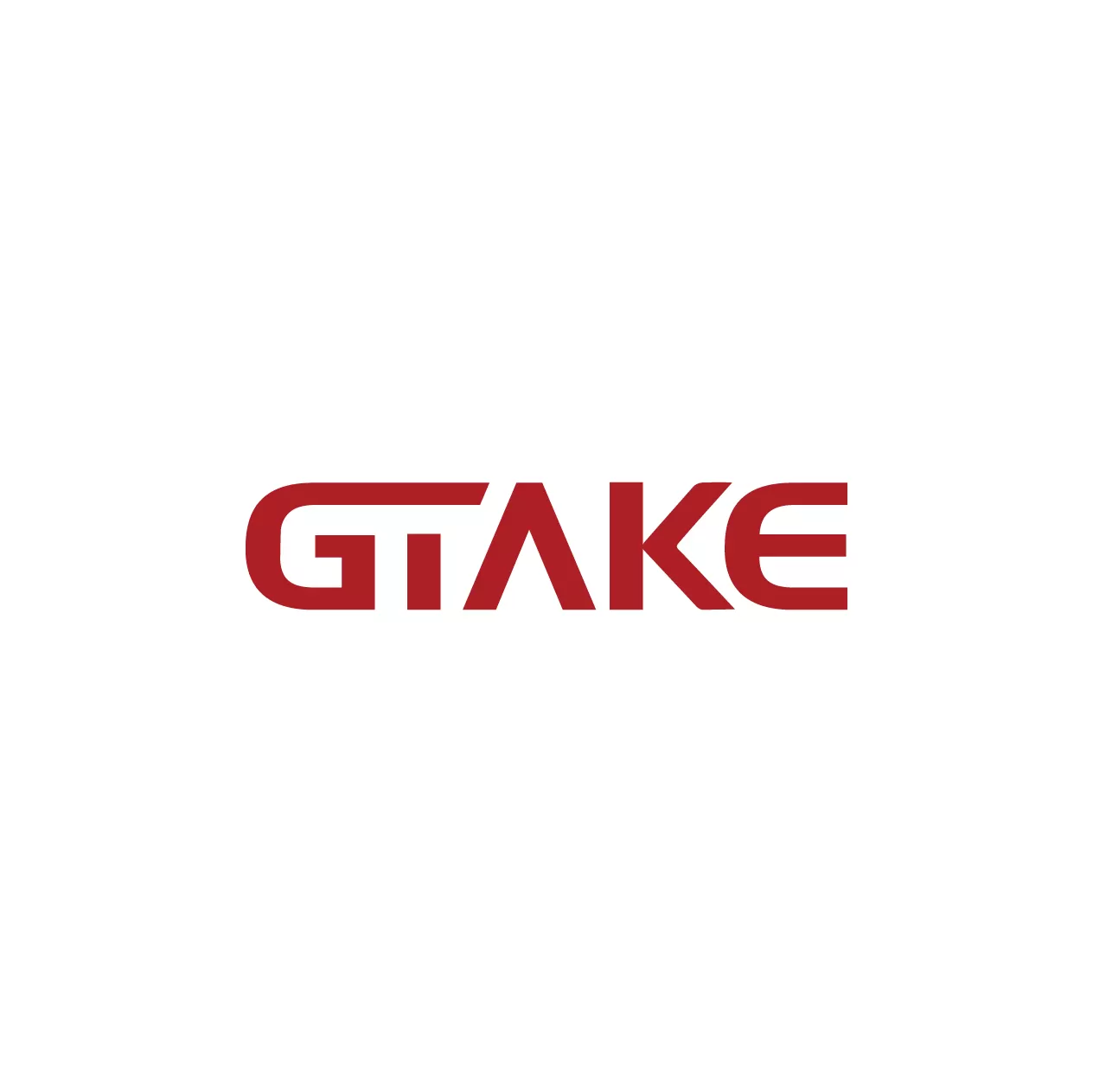In industrial automation, the ability to control motor speed and torque is essential for optimizing performance and ensuring the efficiency of various processes. Variable Frequency Drives (VFDs) play a key role in motor control, offering two main modes of operation: speed control and torque control. While both methods adjust motor performance, they serve different purposes and are used in distinct applications. Speed control focuses on maintaining a constant motor speed, ideal for systems like HVAC, pumps, and conveyor belts. On the other hand, torque control is designed to regulate the electromagnetic torque in applications requiring precise force control, such as winding machines, extruders, and hoisting systems. Understanding the differences between these two control strategies is crucial for selecting the right system for your needs, and this article will explore their key characteristics and applications.
What Is Speed Control in VFDs?
Speed control in VFDs focuses on adjusting the motor’s speed to match the desired setpoint. This is achieved by modifying the output frequency of the drive. Key characteristics of speed control include:
- Frequency Regulation: The VFDadjusts its output frequency to regulate motor speed. The motor’s rotational speed is proportional to the output frequency. In the case of an AC frequency drive, the frequency adjustment directly impacts the speed of an AC motor.
- Torque Balance: In speed control mode, the motor’s torque is not directly controlled. Instead, the torque automatically balances the load’s requirements. For example, if the load increases, the motor generates more torque to maintain the target speed.
- Application Suitability: Speed control is ideal for applications requiring consistent speeds, such as conveyors, fans, and pumps. In these applications, AC speed drivesare often used to ensure smooth and stable operation.
However, a limitation of speed control is its indirect influence on torque, which can lead to inefficiencies in scenarios requiring precise torque regulation.

Interaction with Other Control Systems in Speed Control
In industrial automation, VFDs in speed control mode often work in tandem with other control systems like PLCs (Programmable Logic Controllers) and DCSs (Distributed Control Systems) to achieve complex automation tasks.
Take an automated assembly line in a manufacturing plant as an example. A PLC serves as the central control unit that oversees the entire production process. It is programmed with the specific production sequence and requirements. Based on the production plan, the PLC sends speed – control commands to the VFDs connected to the motors driving the conveyor belts on the assembly line. These commands can be in the form of digital signals representing the desired frequency for the AC frequency inverters. The VFDs then receive these commands and adjust the output frequency accordingly, precisely controlling the speed of the conveyor belts. This coordinated operation ensures that products move along the assembly line at the correct pace, facilitating seamless assembly and production.
In a large – scale industrial facility, a DCS may be used to manage multiple VFDs across different areas of the plant. The DCS can collect data from various sensors and other equipment, analyze the overall production situation, and then send appropriate speed – control instructions to the frequency converters. For instance, in a chemical plant, the DCS might adjust the speed of pumps (controlled by VFDs) based on the flow rate requirements of different chemical processes, maintaining the stability and efficiency of the entire production system.
What Is Torque Control in VFDs?
Torque control is a specialized function of VFDs, typically used in vector control systems. Instead of directly adjusting speed, torque control aims to regulate the motor’s electromagnetic torque. Key features of torque control include:
- Direct Torque Regulation: The inverter drive (a key part of the VFDor frequency inverter) receives a torque command signal and adjusts the motor’s electromagnetic torque accordingly. For instance, a 10V signal might correspond to the motor’s maximum torque.
- Dynamic Speed Behavior: The motor’s speed is not actively controlled but is influenced by the balance between the electromagnetic torque and the load torque. This means that the system’s speed can fluctuate depending on load conditions.
- Use Cases: Torque control is preferred in applications requiring precise force control, such as winding machines, extruders, and hoisting systems.
Interaction with Other Control Systems in Torque Control
Torque – controlled VFDs often rely on sensors to achieve accurate torque regulation. In the textile industry, for example, maintaining consistent yarn tension is crucial for producing high – quality fabrics. Tension sensors are installed along the yarn – processing equipment. These sensors continuously monitor the tension of the yarn as it moves through the machinery.
The tension sensor sends real – time signals to the frequency converter. If the sensor detects that the yarn tension is deviating from the set – point value, it transmits a corresponding electrical signal to the VFD. The VFD then processes this signal and adjusts the electromagnetic torque of the motor driving the yarn – handling mechanism. If the tension is too high, the VFD reduces the motor torque, and if the tension is too low, it increases the torque. This continuous feedback loop ensures that the yarn tension remains constant throughout the production process, preventing issues like yarn breakage and uneven fabric quality.
In a metal – forming process, such as stamping or rolling, pressure sensors can be used in a similar way. The pressure sensors measure the force exerted on the metal workpiece during the forming process. The VFD, upon receiving the pressure – related signals from the sensors, adjusts the motor torque to ensure that the forming operation is carried out with the correct amount of force, resulting in high – precision metal products.
Key Differences Between Speed and Torque Control
- Control Objective
- Speed Control: Focuses on maintaining a constant speed. In AC speed drives, this means keeping the rotational speed of the AC motor stable.
- Torque Control: Focuses on maintaining or adjusting torque.
- Feedback Mechanism
- Speed Control: Relies on feedback from speed sensors or estimators to adjust frequency. In the context of AC frequency inverters, this helps in maintaining the desired motor speed.
- Torque Control: Uses feedback on current and voltage to regulate electromagnetic torque.
- Applications
- Speed Control: Suitable for scenarios where consistent speed is critical, like HVAC systems. Here, VFDsare used to control the speed of fans and pumps.
- Torque Control: Suitable for tasks requiring precise torque adjustments, such as industrial robotics or tension control systems.
- System Behavior
- Speed Control: Ensures stable motor operation at a fixed speed, even with varying loads. In an AC frequency drive- controlled system, the motor speed remains relatively constant.
- Torque Control: Allows speed variations but maintains a set torque level based on load demands.

Advanced Control Methods: Vector and Direct Torque Control
Modern VFDs employ advanced techniques like Vector Control (VC) and Direct Torque Control (DTC) to enhance performance:
- Vector Control (VC): Ensures decoupling of torque and flux components in the motor’s current, enabling precise control. However, it requires accurate motor parameter data and complex calculations. This is especially important for high – precision applications using frequency convertersor AC frequency inverters.
- Direct Torque Control (DTC): Bypasses decoupling by directly managing torque and magnetic flux. DTC is faster but may introduce torque ripple, making it suitable for applications demanding high dynamic performance.
Conclusion
In conclusion, both speed control and torque control in VFDs are vital for achieving optimal motor performance in industrial settings. Speed control is best suited for applications requiring stable motor speeds, while torque control excels in systems where precise force adjustments are critical. Modern VFDs with advanced control methods, such as Vector Control (VC) and Direct Torque Control (DTC), provide even greater precision and dynamic response, enhancing the overall system performance.
Understanding the unique features and benefits of each control method will help you choose the ideal solution for your application. Whether you’re looking for energy-efficient speed control or precise torque regulation, as leading frequency converter manufacturer, GTAKE offers a range of VFDs, AC frequency inverters, and frequency converters designed to optimize motor control in diverse industrial applications. Contact GTAKE today to learn more about how our advanced VFD solutions can improve your operational efficiency and drive long-term success.
